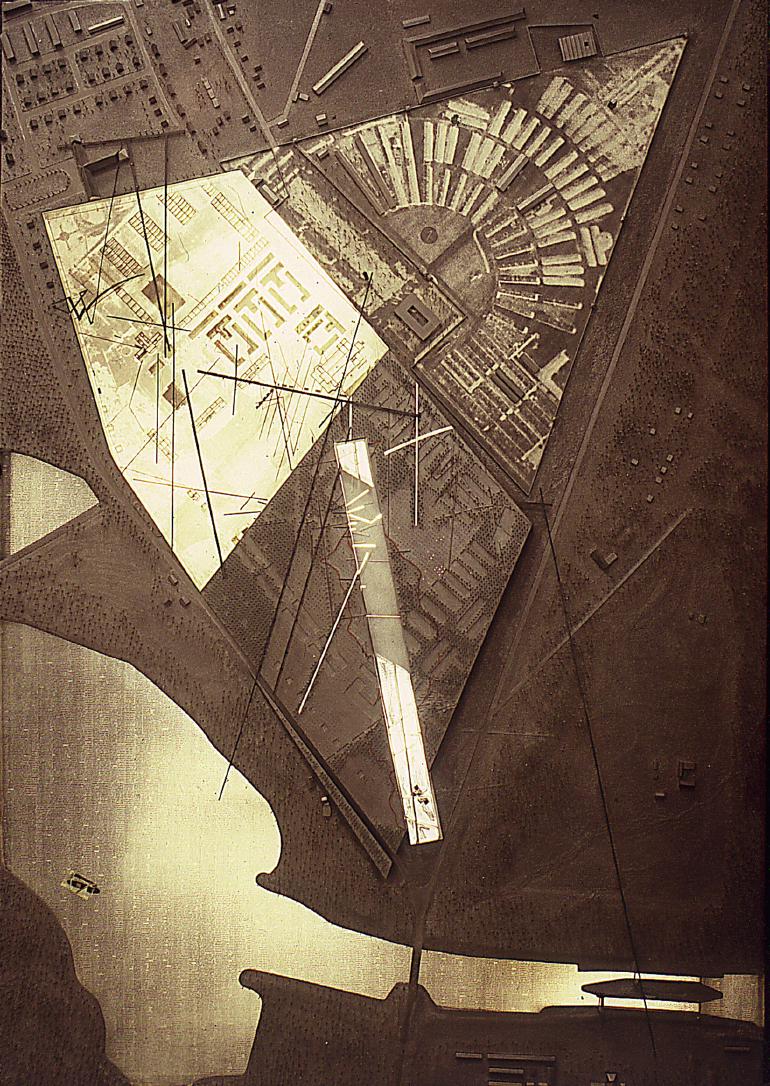Image Detail
Daniel Libeskind, Project MoUrning, model

Daniel Libeskind: The water was an important element because it has an element of reflecting physically, there is an element of water as a piece of nature. It was also my idea at Ground Zero to introduce the waterfalls which later on were done at the competition for the memorial with Michael Arad. But I had the idea of water from the very beginning, that water is a good thing, it has so many connotations, and to have water through this would allow you to see something different about it. And of course originally I had much more water, but I think it worked in any case like this also, because it would have made you be able to understand the site, visually and also by walking through it, in some sort of disconnected or more fractured way, and it would show that it is not just another piece of Oranienburg. It’s an important one.
Daniela Sandler: I mean, I think every part of this project is so interesting, but I am particularly fascinated by the water, because the usual preservationist stance would be, you know, you don’t touch it, it’s archeological, but part of my argument is that by putting the water there, or the water canals, or the water land, you would have drawn much more attention, and therefore much more memory, than not—
Daniel Libeskind: That’s right. It would come. You know, it would be interesting also, I wanted to make it interesting for people to be there, to understand where they are, and make it also new. And I think the ruins in the water are something to really—because they are kind of rotting away, they are there…